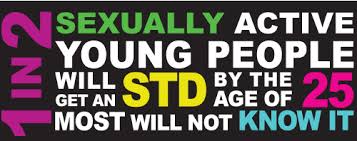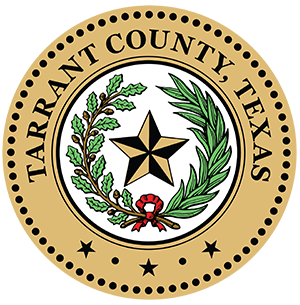
Sexually Transmitted Diseases (STDs) - Basics

About Sexually Transmitted Diseases (STDs)
Sexually transmitted diseases are bacteria, viruses or other organisms that are spread through intimate person-to-person contact, such as oral, vaginal and anal sex.
STDs are not transmitted through day-to-day contact in social settings such as schools or at the workplace, nor are they transmitted through casual contact -- including kissing, shaking hands or hugging. Dirty toilet seats, mosquitoes, eating utensils and drinking glasses pose no risks of transmission.


Two Types of STDs
Bacterial infections --such as with gonorrhea, chlamydia, syphilis and several others-- are usually curable with antibiotics, requiring only one clinic visit.
Virual infections -- such as herpes, genital warts or HIV-- can only be managed and controlled, but not cured.

STDs are serious health concerns
- STD infections that are left untreated can spread to other areas of the body, causing serious medical conditions such as crippling arthritis, blindness, heart attack and death.
- STD infections will sometimes cause noticeable symptoms, though in many instances the symptoms are very slight and not noticed, or there are no signs or symptoms.
- Any infected person -- with or without symptoms-- is placing their health at risk and risking the possibility of infecting any other person with whom they are intimate.
- Waiting for signs of an infection can be a costly and sometimes fatal mistake.
- When a pregnant woman with an STD infection is untreated, her unborn infant is at risk for serious health problems --including death.


About Human Immunovirus (HIV)
HIV is spread through both intimate contact and through the sharing of needles.
Infants can be infected with HIV before birth, during birth and through breast-feeding after birth from an infected mother.
When someone develops an STD infection, they are also at a high risk of acquiring HIV. Conversely, when an HIV-infected person is also infected with another STD, they are much more likely to transmit HIV than someone who is only HIV-infected.

Dealing with HIV
- Research has shown that HIV can be controlled and prevented through comprehensive evaluation, diagnosis and treatment of more common STDs.
- Preventing reinfection and disease complications are also important goals.
- STD treatment reduces the ability of an HIV-positive individual to transmit HIV.

By targeting the identification and treatment of STDs in Tarrant County,
Adult Health Services works to reduce their transmission.

For more information or questions regarding the content of this video please go to www.cdc.gov

 TARRANT COUNTY, TX
TARRANT COUNTY, TX

 Preventive Health Services
Preventive Health Services
